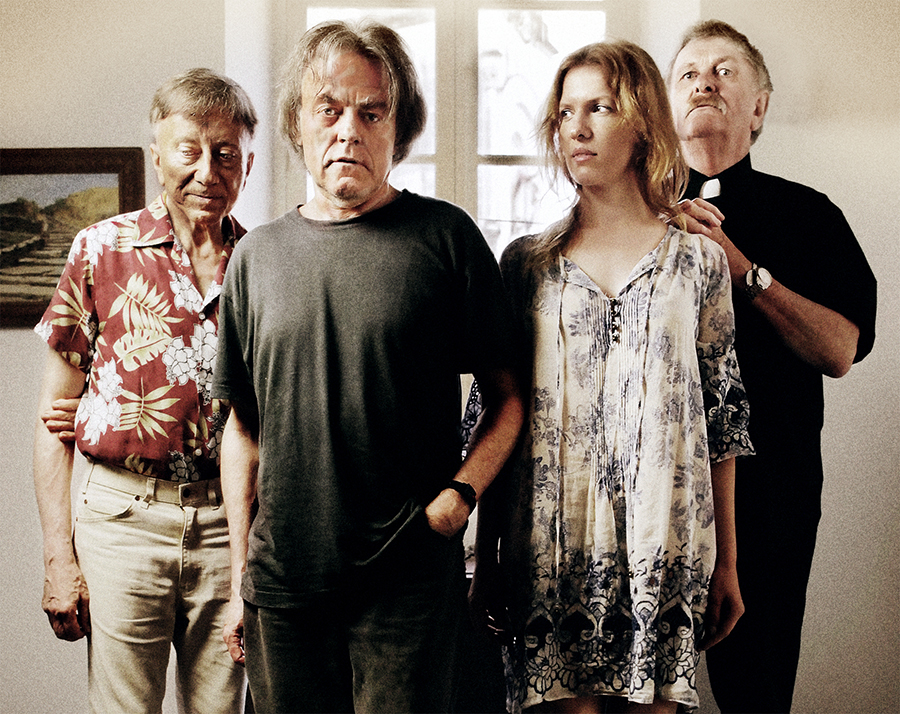TO MUSIC

By Paul Cox
Apart from being an ode to the music of life, “To Music” is also an ode to the process of filmmaking. I felt privileged to be able to watch the making of this film from the very moment of conception to the first screening.
We were in the South of France with Sophie Kohn and Feike Santbergen. Both are keen filmmakers. They came for a little holiday after the madness of the Cannes Film Festival. When they heard that maestro Tamás Vásáry, a world-renowned pianist, and his dancer wife Henriett Tunyogi were coming for the weekend, they could not sit idle any longer. “Talent must not be wasted,” a film needed to be made! A camera and lights came from Holland, a tripod from nearby Avignon and a dolly was constructed out of pipes, nuts and bolts, bought in a township nearby.
Feike and Sophie frantically started to write their screenplay. During the day they would sit on the grass in front of the house; when it rained they disappeared into the attic; and when the temperature dropped at night they would huddle in front of the fire. We watched their enthusiasm and excitement with delight and offered our help as production assistants and actors.
I was asked to play the depressed protagonist but declined this opportunity. A little too close to the bone! Absurd characters like the lusty village priest are more in my range! Fortunately, my friend Roger Glanville-Hicks, the finest lute player in the South of France, offered to play the lead and Tamás and Henriett were standing by. Meanwhile Sophie and Feike had convinced Roger’s wife Michele that her house was the perfect location – a beautiful 16th century house, with a small tower, right in the heart of the village. Her 92-year-old father was also recruited.
It was a delight to watch two people on a roll! They had little time, little money but great passion and ingenuity. Feike’s homemade dolly performed miracles and Sophie’s boom/fishing rod embraced the marvelous sound scape of the French countryside.
“To Music” is a beautiful short film. There are no special effects or digital manipulations. It’s beautiful because it’s honest and humane and shows us how music, good music that is, can heal the body and spirit and bring people together.





